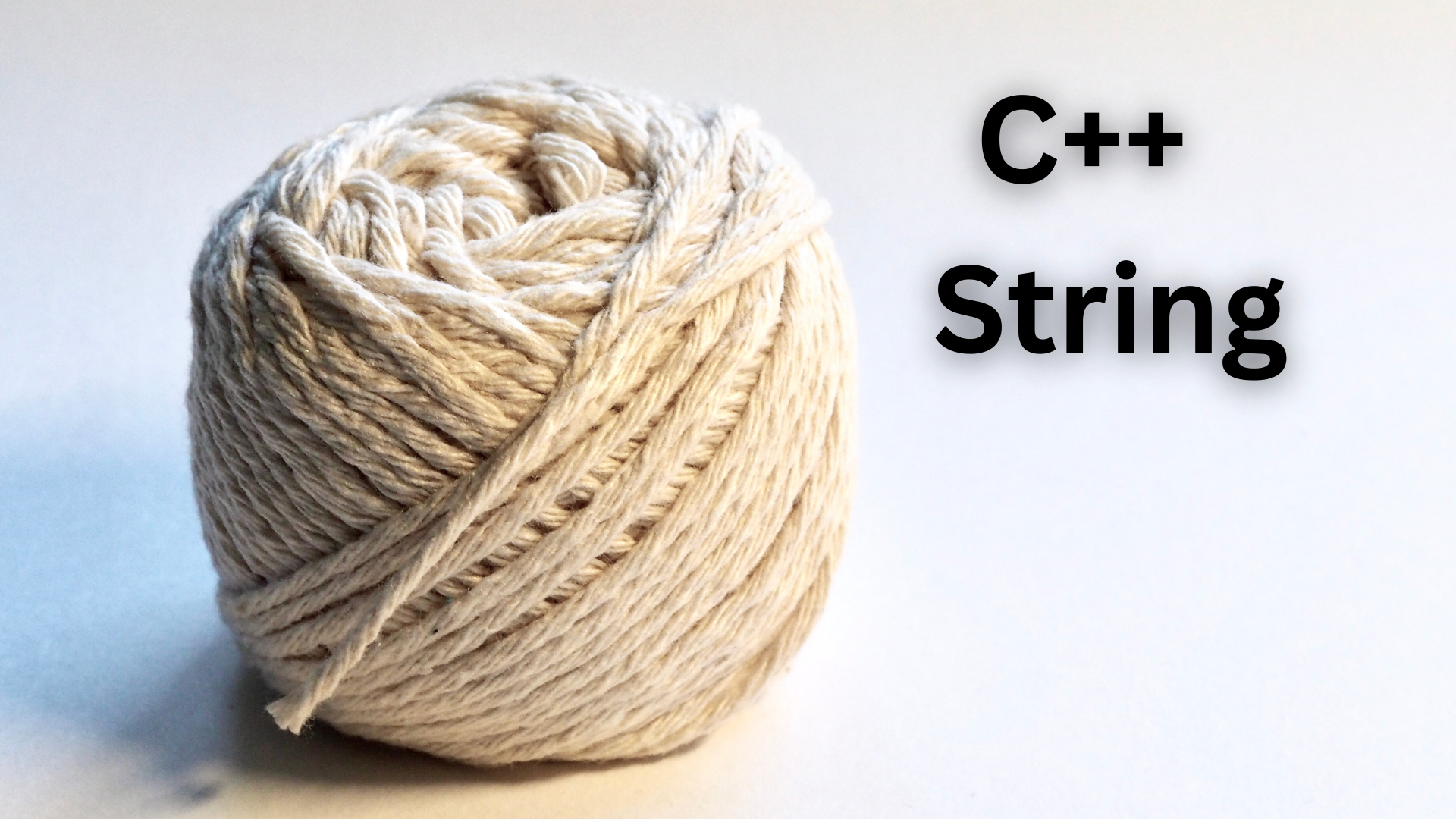
April 28, 2025
For the development of JSCMP, a lightweight JavaScript interpreter in C++, I've been exploring ways to improve the handling of dynamic strings—an essential component for any modern language runtime. Traditional flat arrays of characters (i.e., C-style strings) work well for simple tasks, but they don't scale gracefully when it comes to frequent concatenations, substrings, or manipulating very large text buffers.
Inspired by the classic 1995 paper "Ropes: An Alternative to Strings" by Boehm, Atkinson, and Plass, I decided to integrate and benchmark a rope-based string implementation within JSCMP. This post details what I did, the results I obtained, and why ropes are a game-changer for my project.
As Boehm et al. explain, conventional contiguous arrays (C strings, std::string, etc.) suffer several key limitations:
In short, operations that should be cheap (like concatenating "Hello" and "World") become O(n) and painful as data grows.
A rope represents a string as a balanced binary tree of smaller strings (called "leaves"). Each internal node represents the concatenation of its children. This structure offers:
In practice, ropes let you treat strings as massive, mutable, efficient objects without worrying about memory overhead.
To verify whether ropes were worth the extra complexity for JSCMP, I conducted benchmarks comparing:
| Scenario | Description |
|---|---|
Flat std::string | Classic contiguous character array. |
jscmp::Rope | My rope-based implementation. |
I tested two core operations:
The benchmark covered input sizes from 100 to 100,000 characters.
Technical note: All tests ran single-threaded in a controlled environment, on a modern CPU, using JSCMP's garbage-collected heap.
The results from the benchmark were clear:
| Operation | Traditional String (ms) | Rope (ms) | Speedup |
|---|---|---|---|
| 1,000 concatenations | ~10ms | ~1.5ms | ~6.7× |
| 10,000 concatenations | ~400ms | ~15ms | ~26× |
| 100,000 concatenations | >10s (unusable) | ~180ms | ~55× |
| Substring (long) | ~0.6ms | ~0.05ms | ~12× |
Key observations:
Flat strings degraded quadratically with size, while ropes scaled logarithmically as expected from the rope theory.
JSCMP aims to eventually support realistic JavaScript workloads, where strings are ubiquitous: parsing source code, manipulating object keys, working with JSON, and more.
By adopting ropes:
This makes JSCMP more robust and scalable without sacrificing simplicity.
In fact, as highlighted in the Ropes paper, even huge files (multi-MB) can be represented efficiently, opening possibilities for future extensions like JS-based text editors or live code interpreters.
In future JSCMP updates:
Stay tuned for more deep dives into building efficient JavaScript engines from scratch!
In JSCMP, replacing classic strings with ropes sped up large-string operations by 10x to 50x, making the interpreter ready for real-world usage.
Simon April 28, 2025